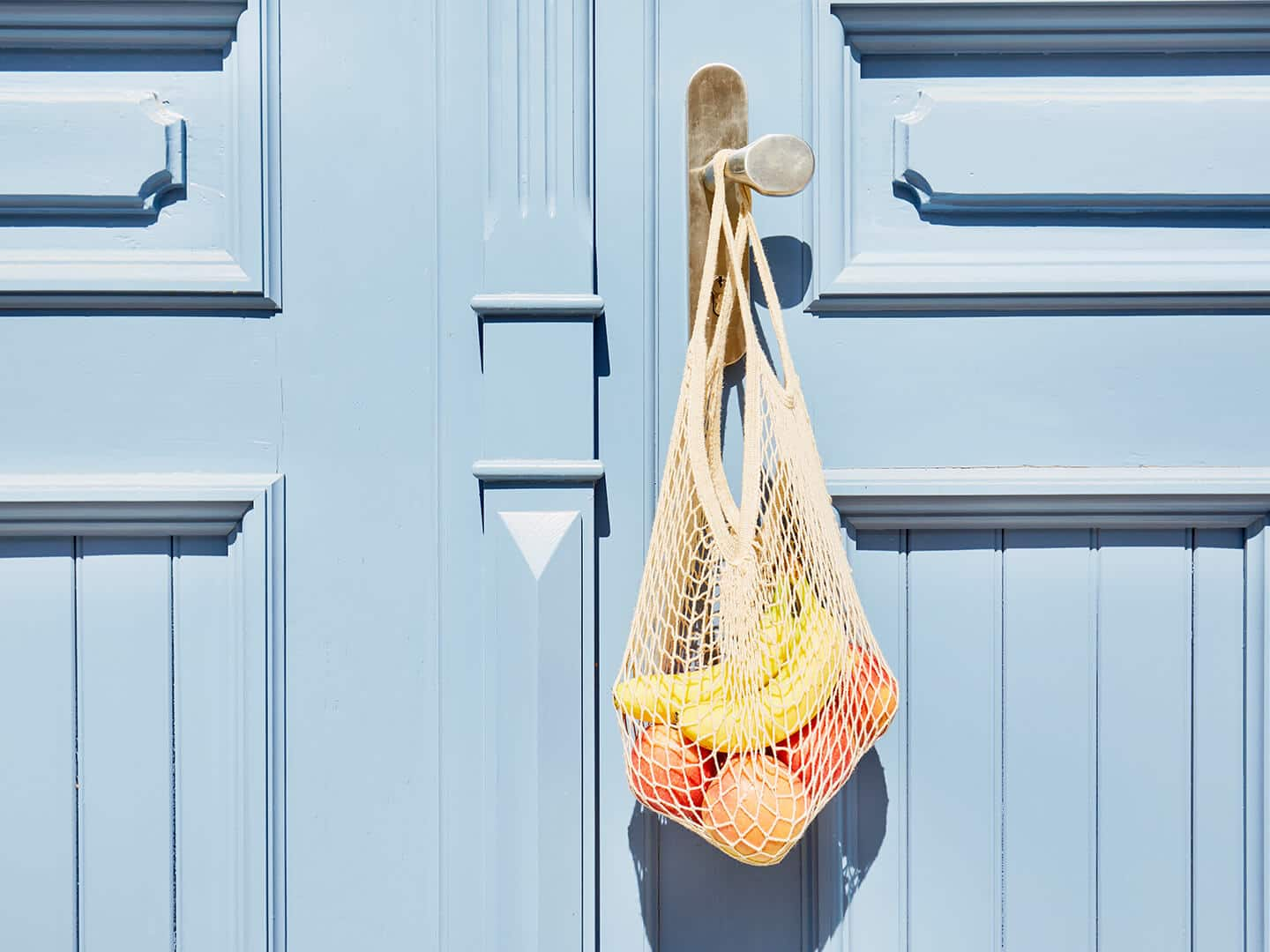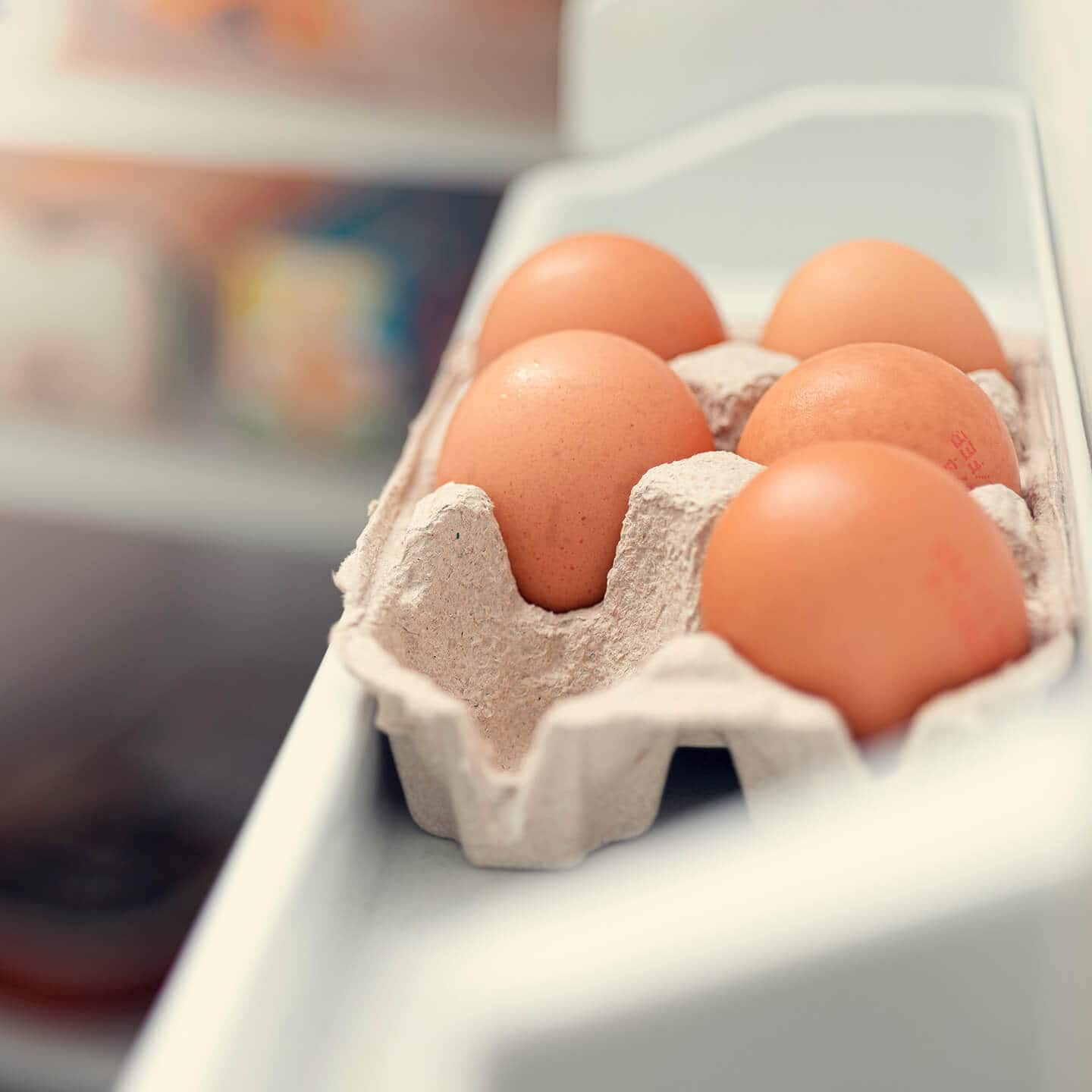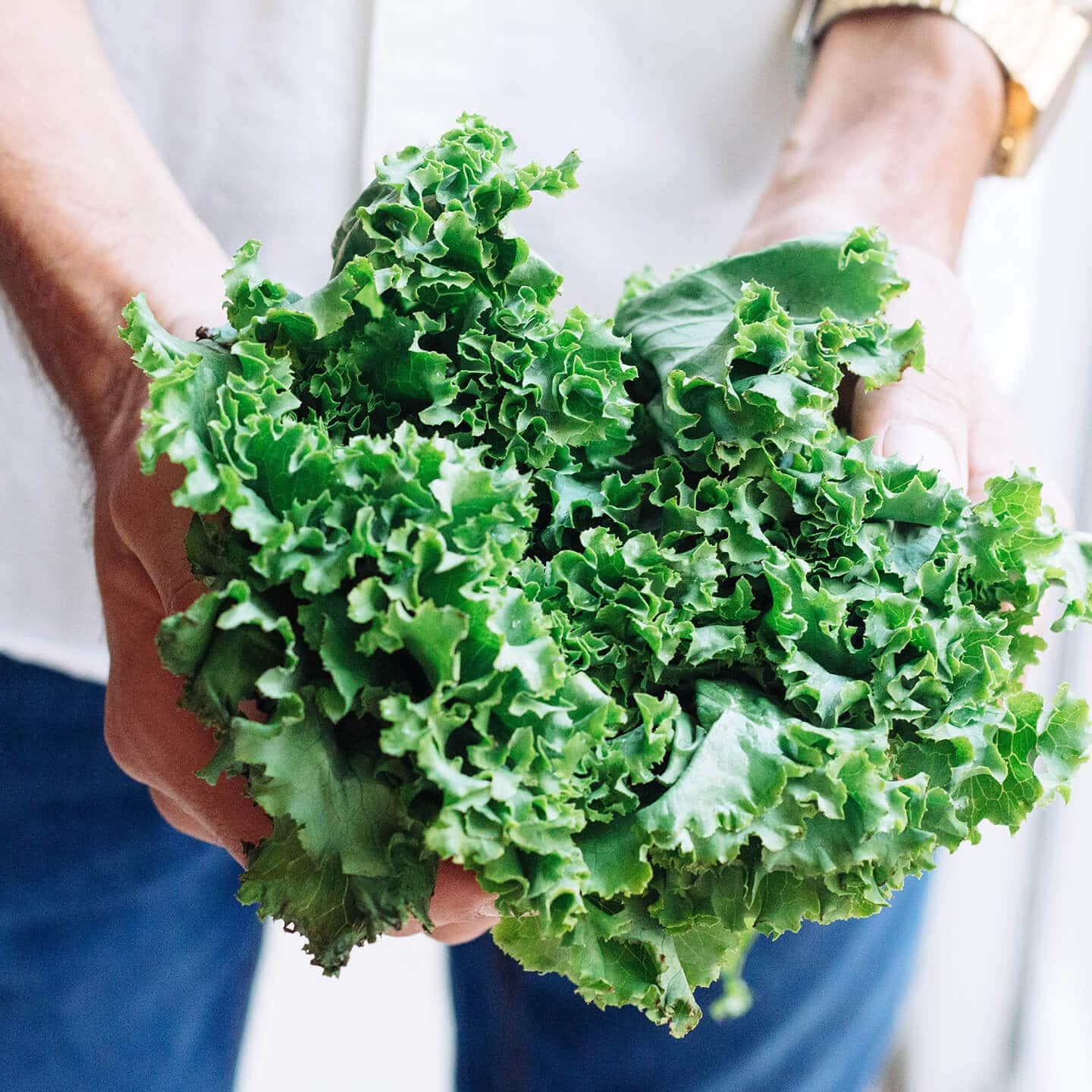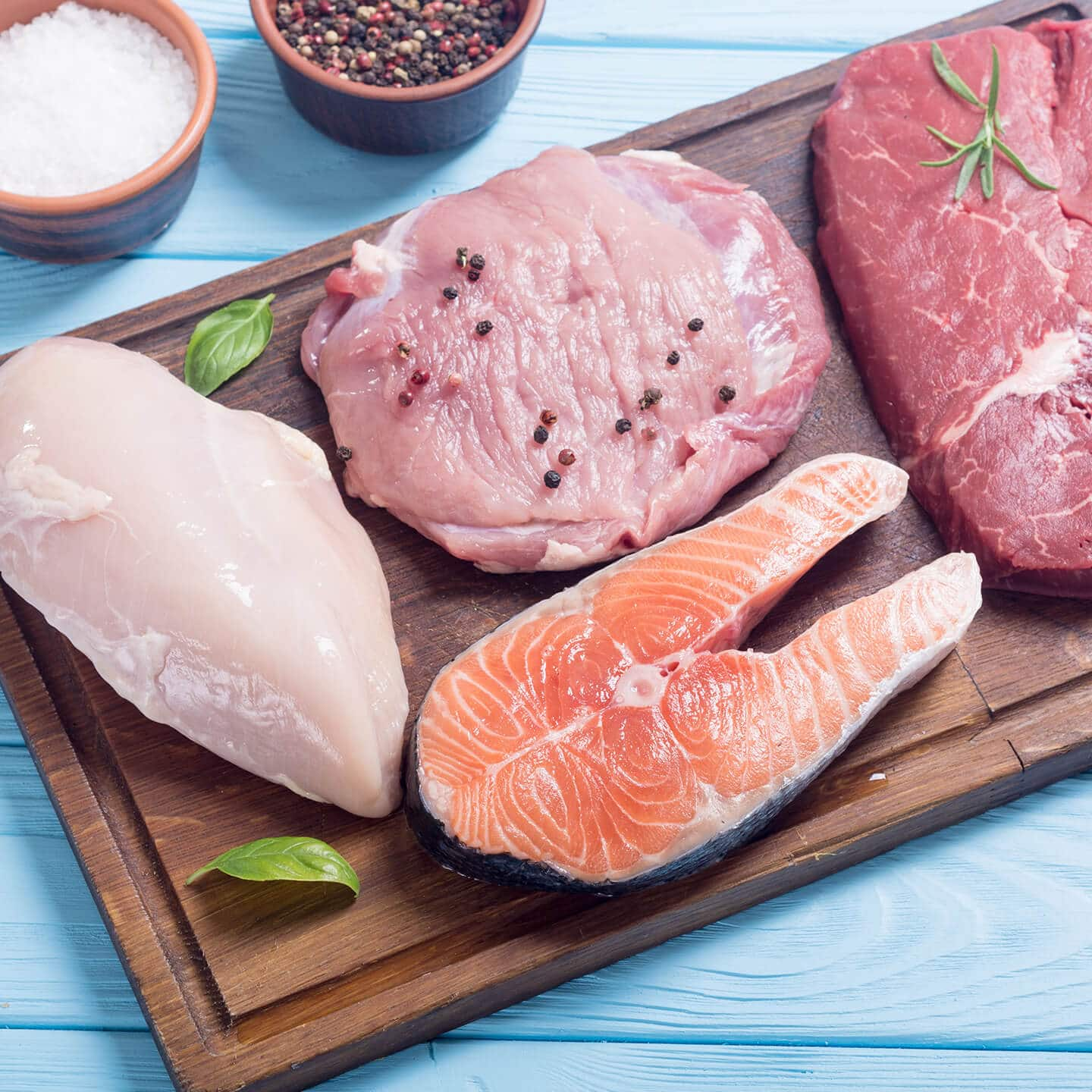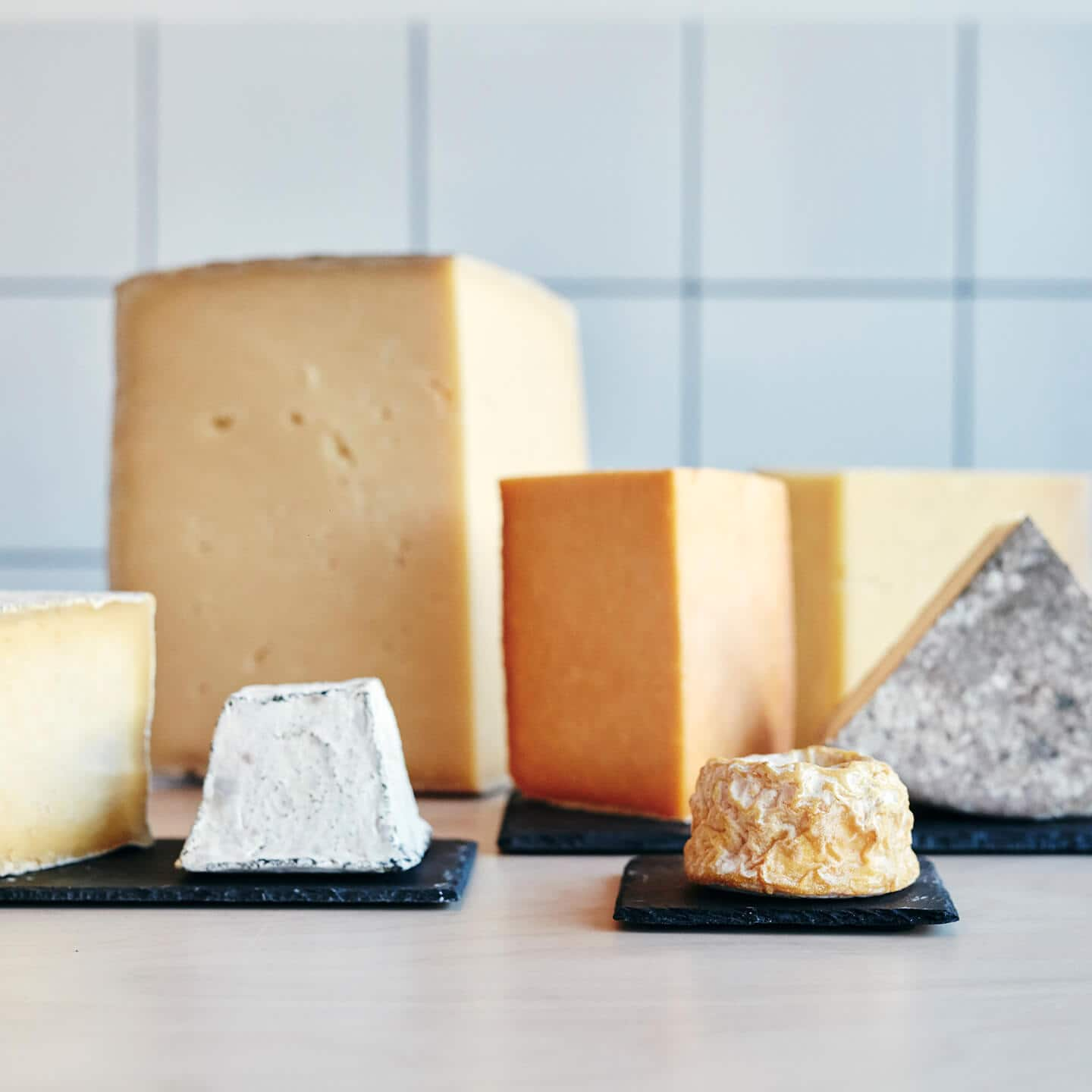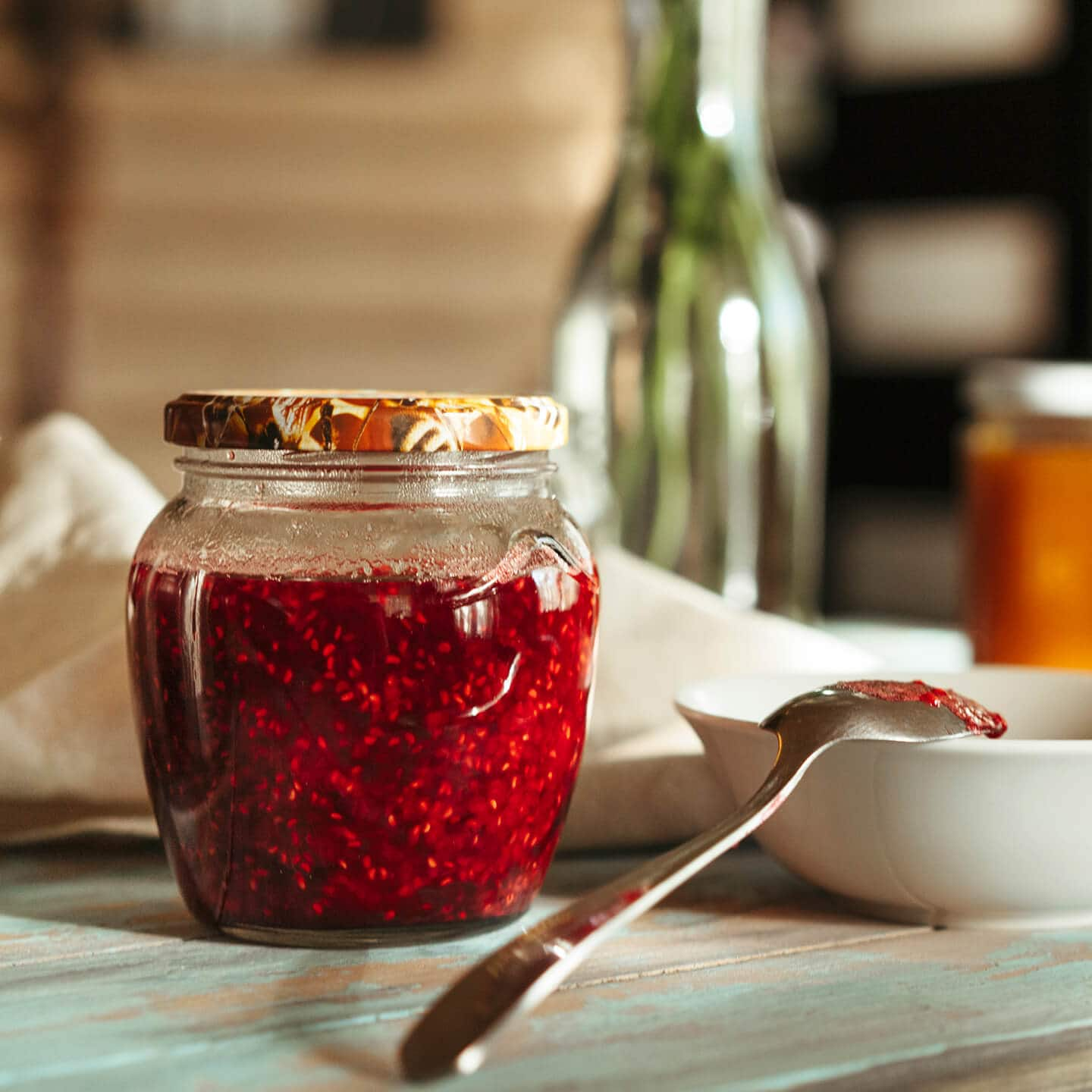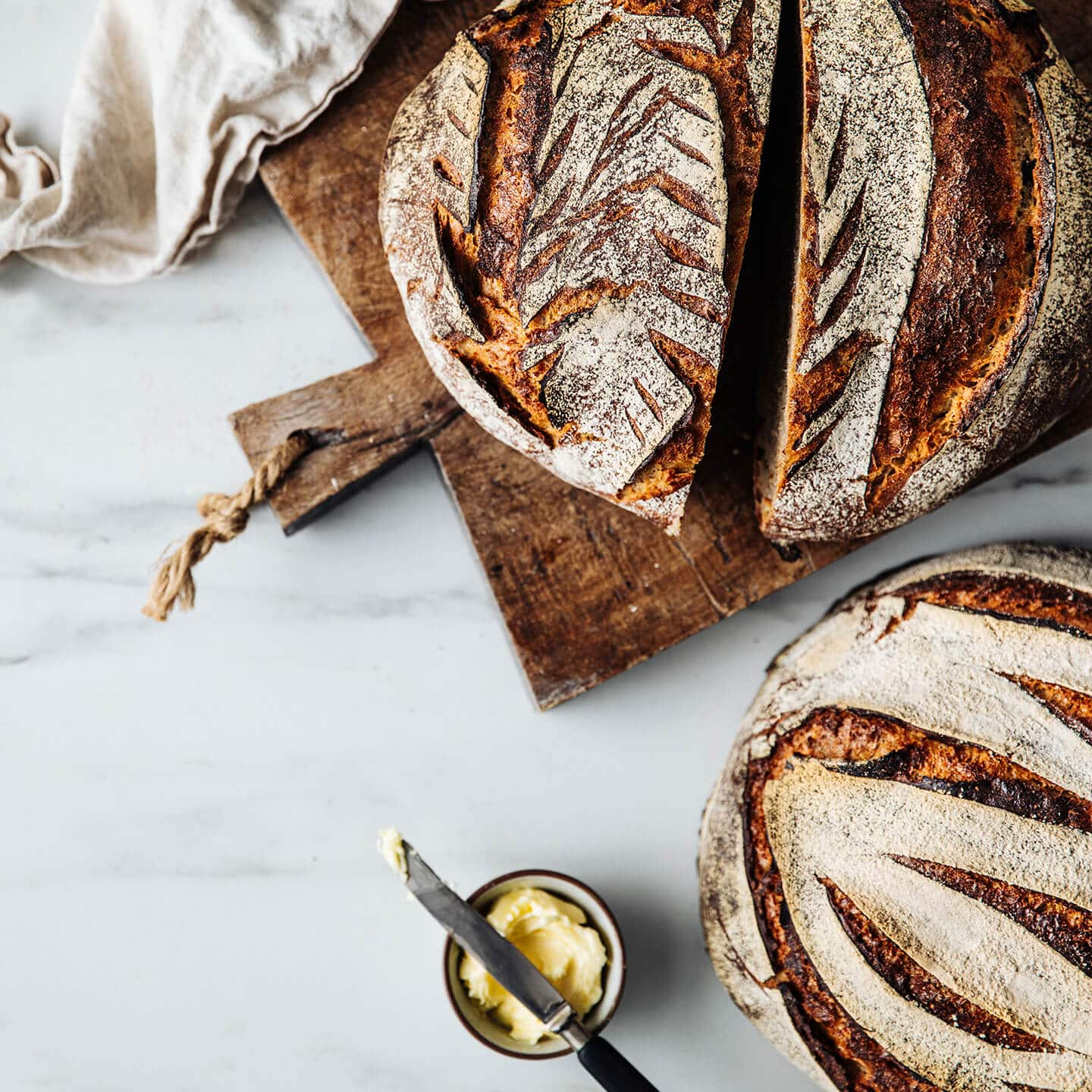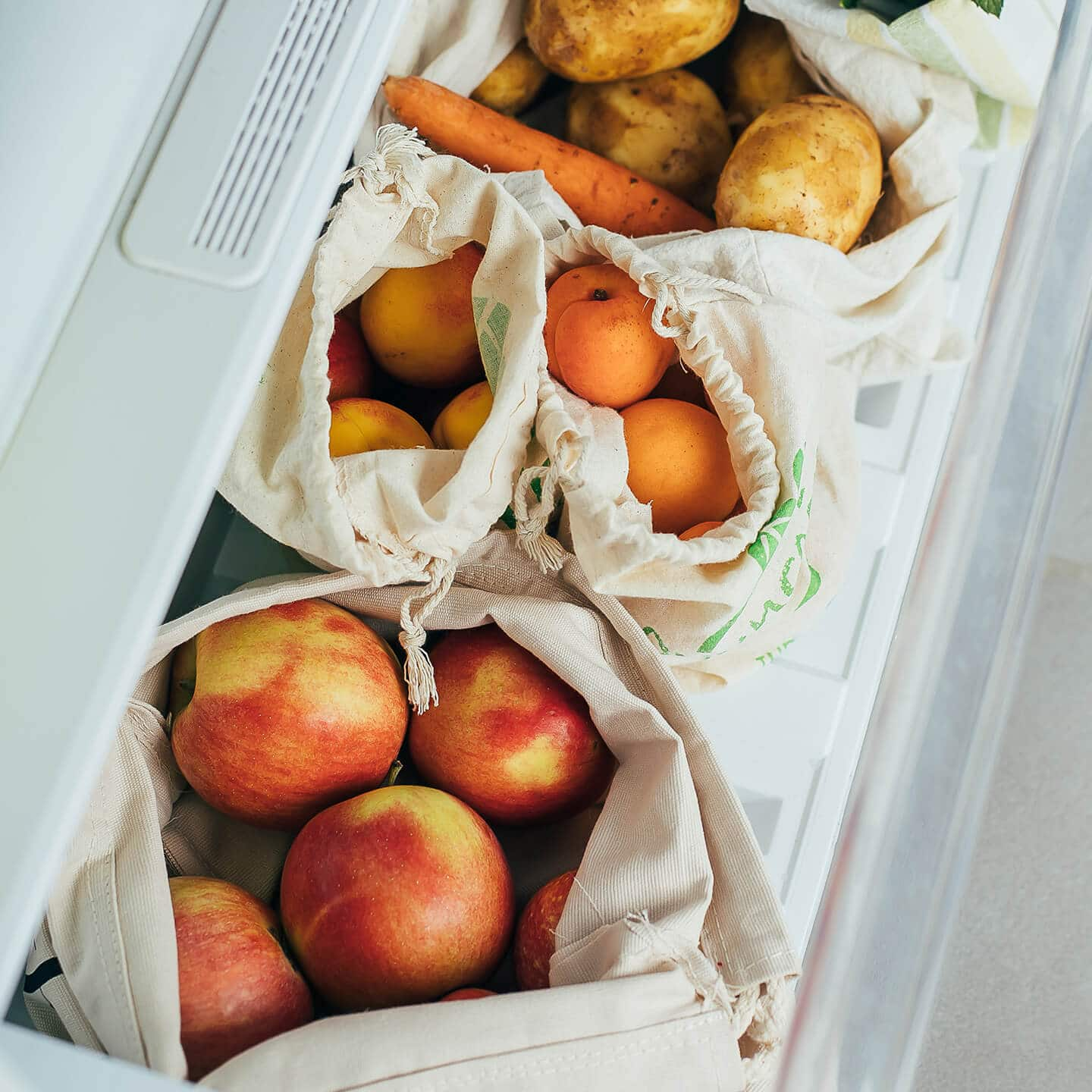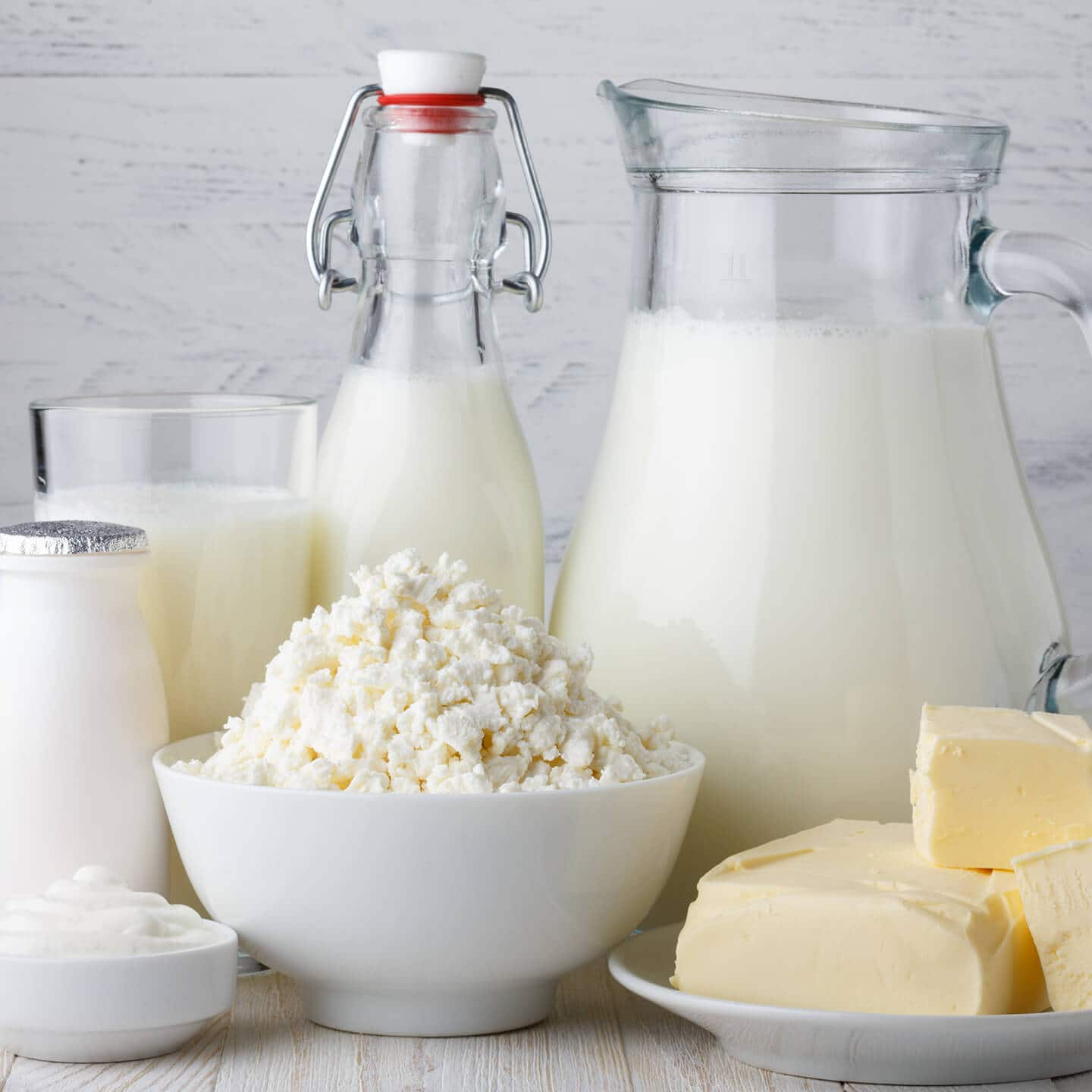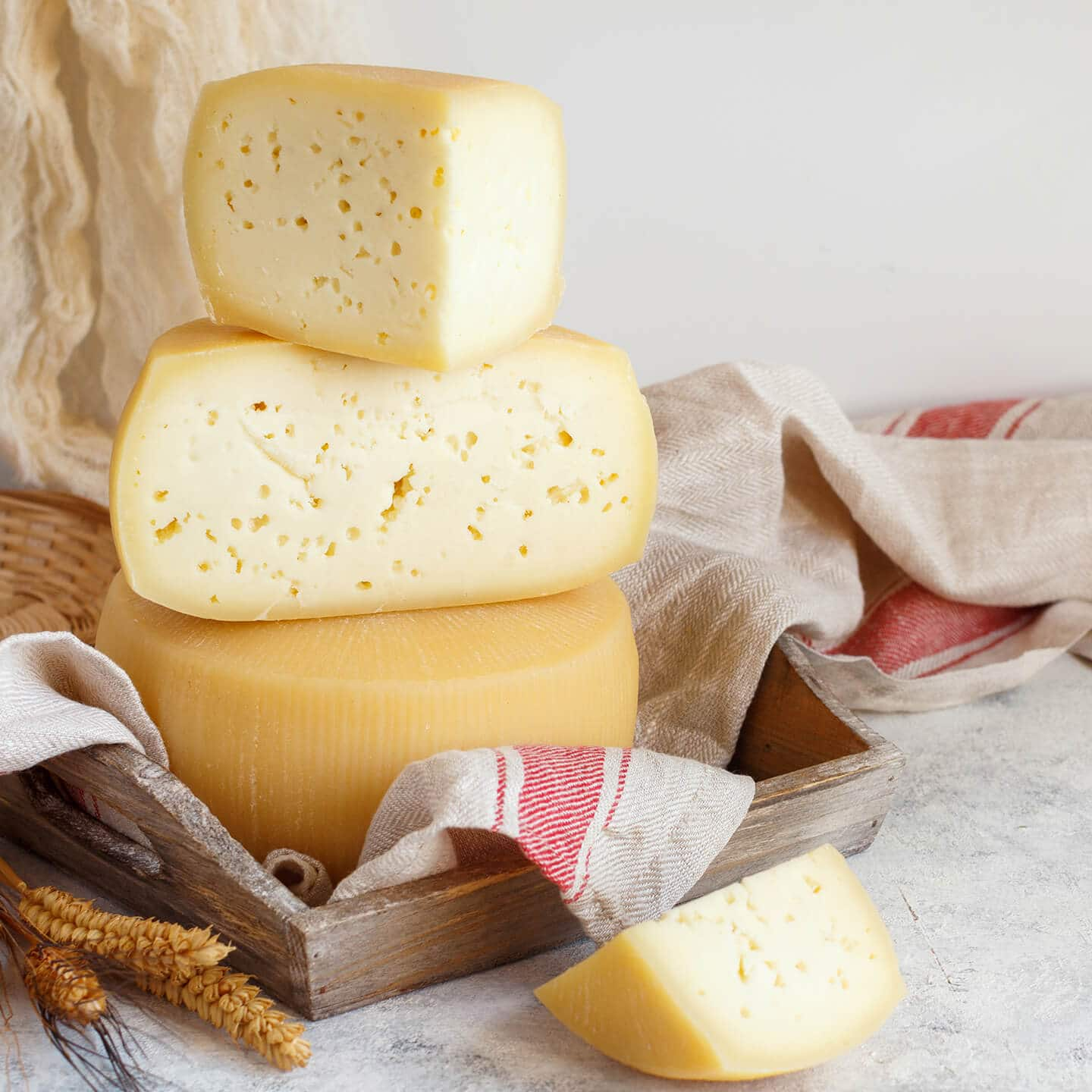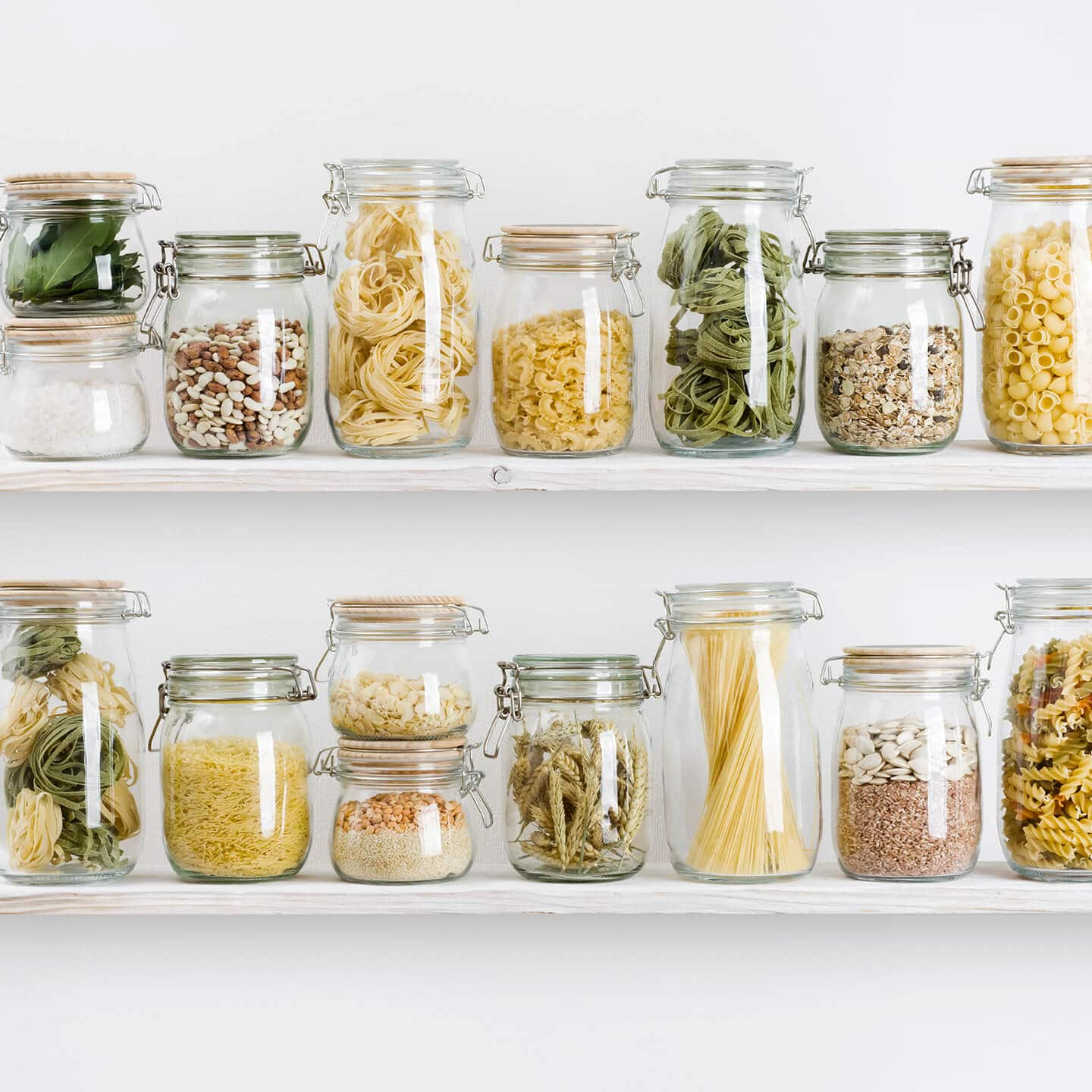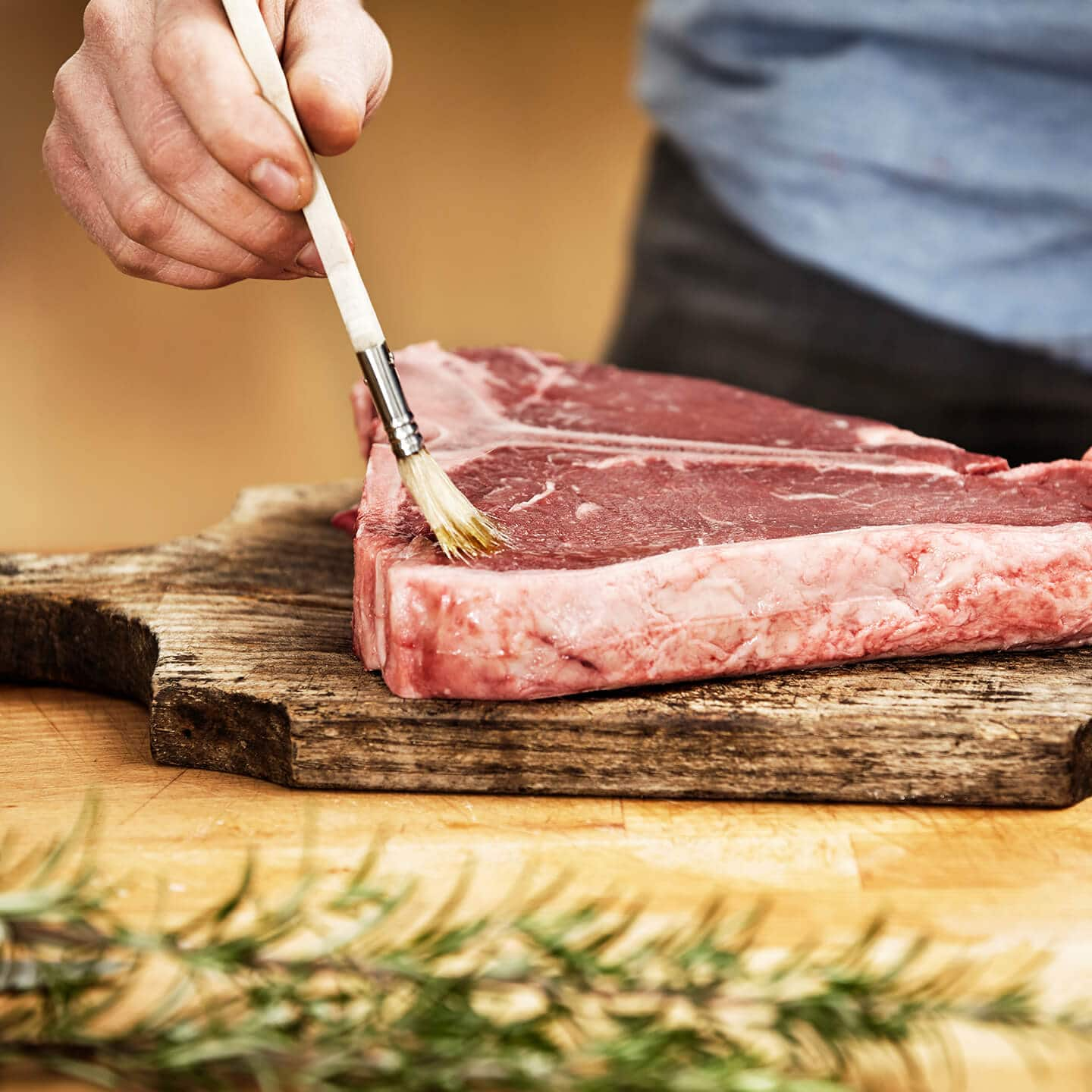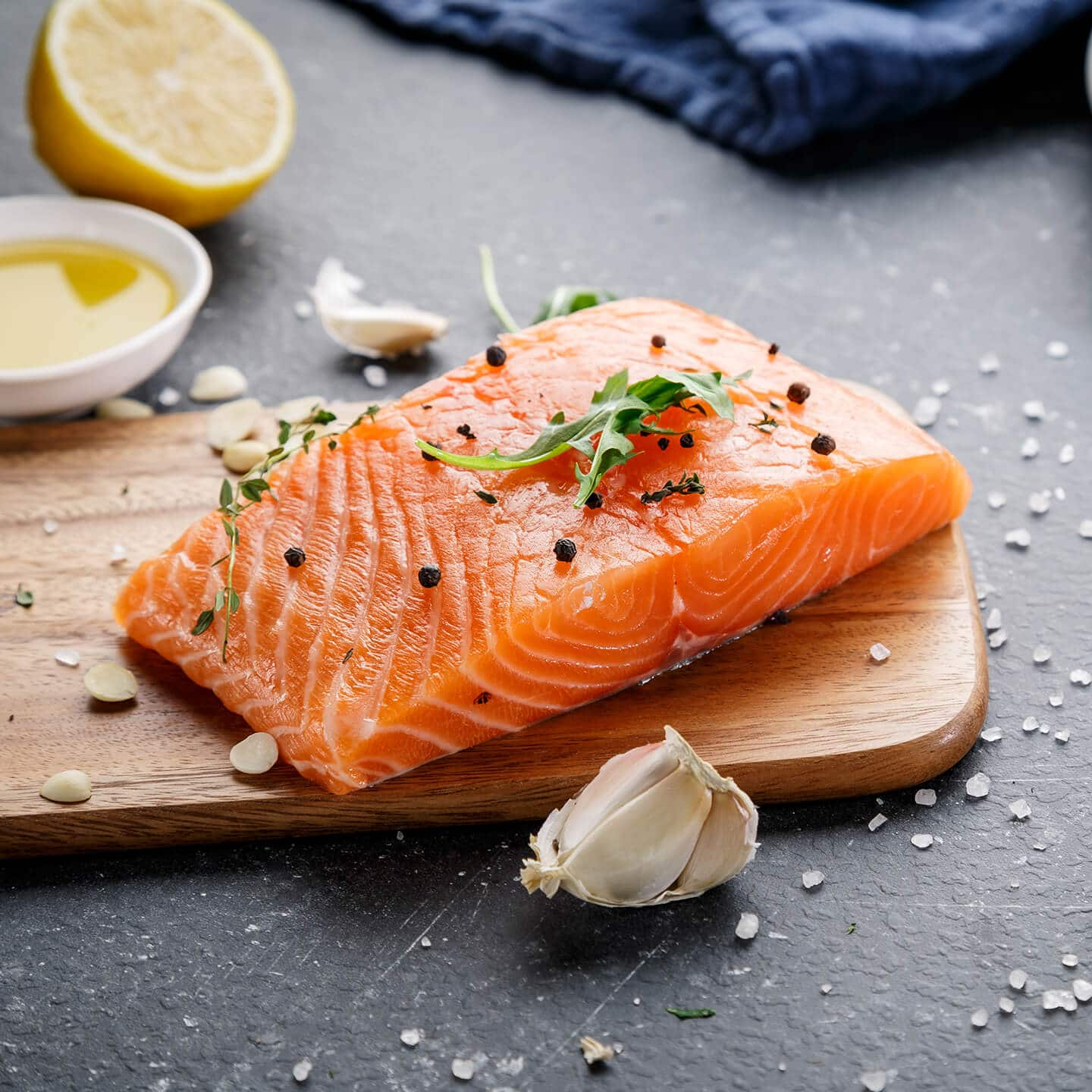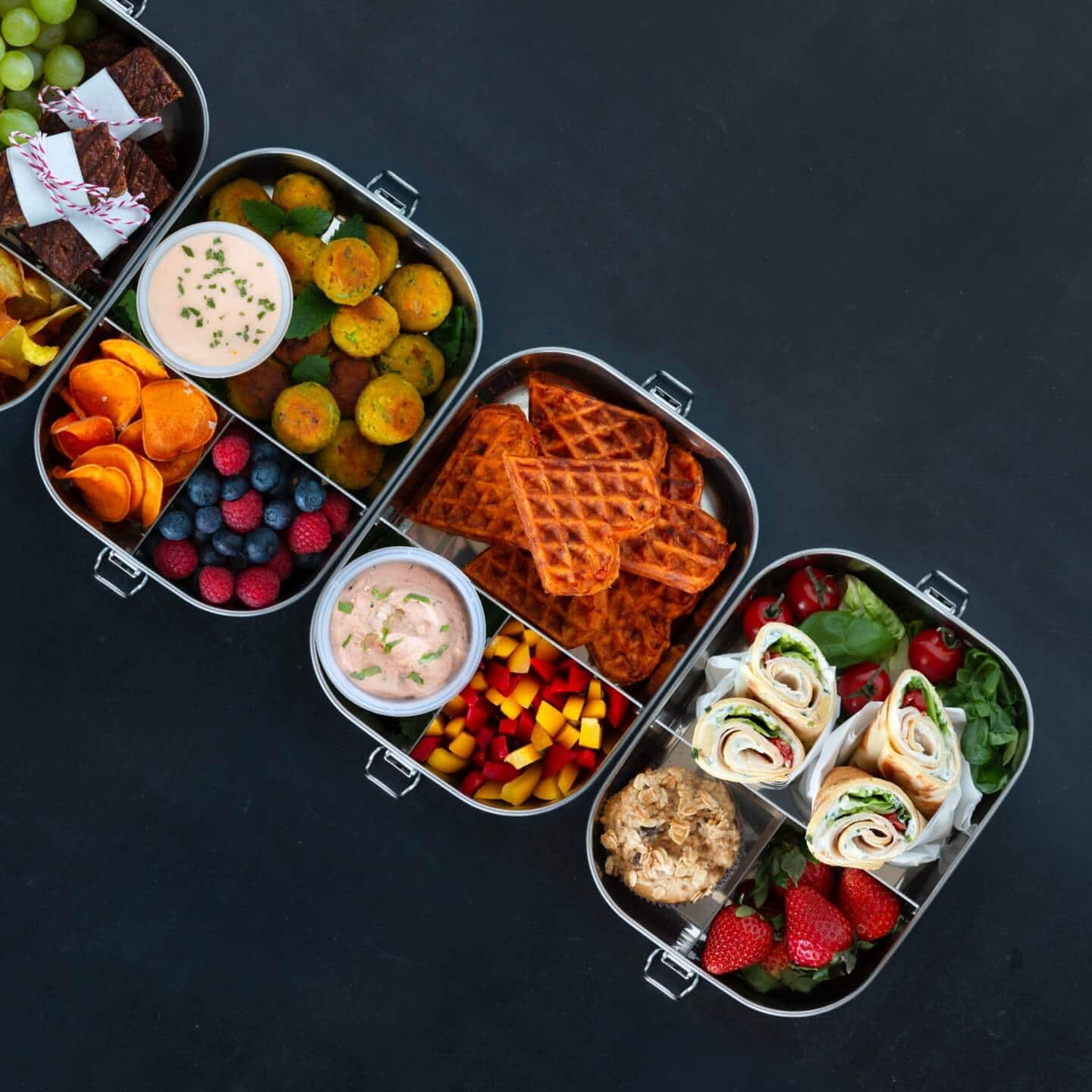After you have planned your shopping, taking the time to store your food properly is decisive in ensuring it stays fresh. Sorting your purchases once you get home will help to keep your fruit and vegetables, dairy products, bread, pasta and meat fresh for longer. Some foods need to be chilled, while others just need to be kept at room temperature. We’ve put together some tips outlining when and how you can store food so that everything stays fresh for as long as possible.
Why exactly does food go bad?
Whether warm or cold, moist or dry, not all foods like the same conditions. If stored incorrectly, food will lose its flavour and spoil more quickly. This is due to the physical, biochemical, chemical and microbial influences and changes to which products are exposed. Food can also be damaged by pests and vermin.
Microbial spoilage is caused by bacteria, mould and yeasts. They cause food to rot, ferment or develop mould and sometimes develop pathogenic substances as a result. These processes and the storage life of food products depend in particular on physical conditions such as warmth, cold and moisture.
In addition, enzymes within food trigger biochemical changes, such as vitamins, pigments and flavourings breaking down. Fat turning rancid is due to chemical spoilage triggered by chemical reactions within food constituents. External factors such as light and air can accelerate this process.
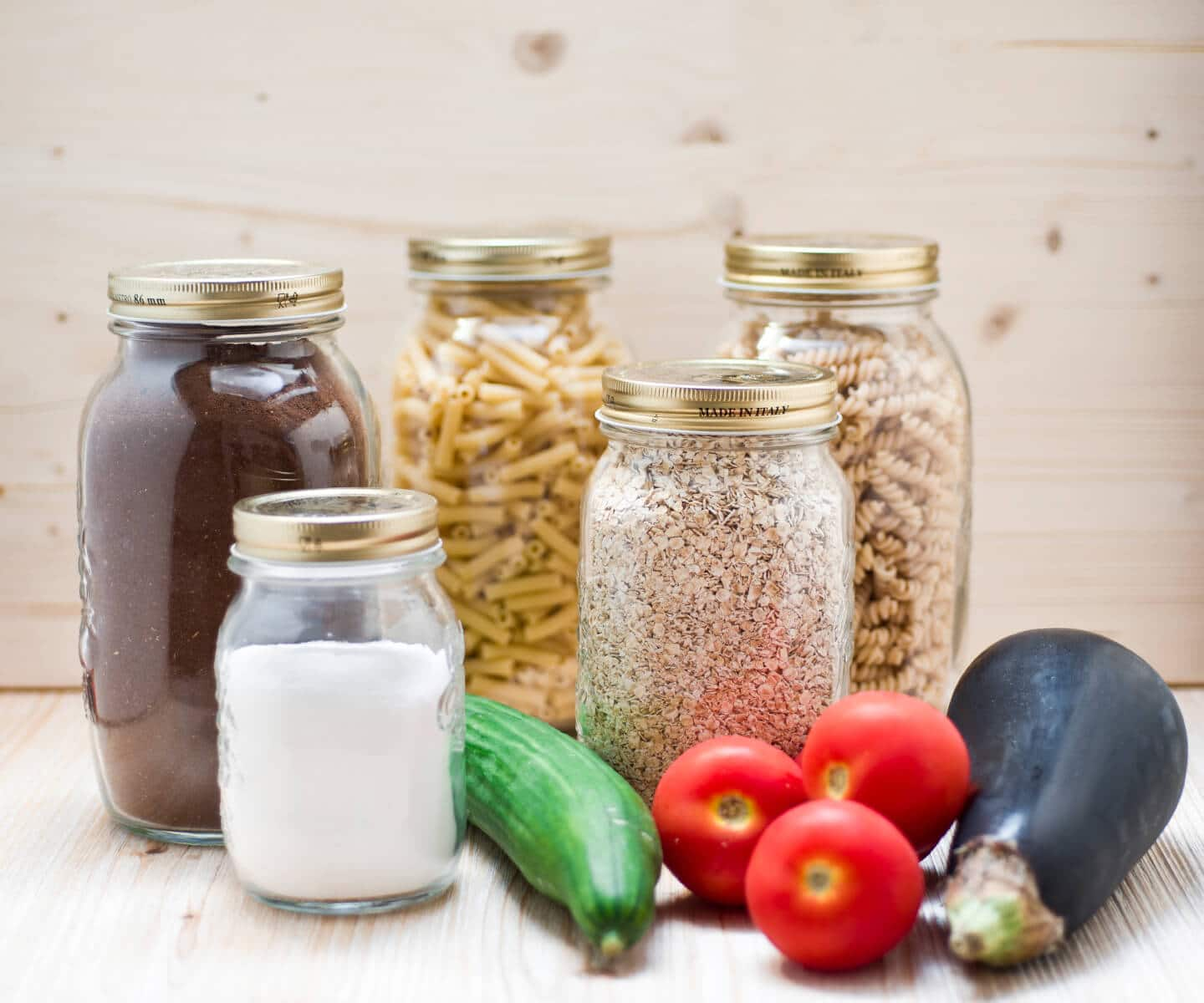
Hygiene, refrigeration and storage: It all starts with shopping.
Before you get your shopping home and start to put it all away in the right place, making sure that everything is suitably hygienic and chilled starts in the supermarket. Key points to remember:
- Check that all packaging is intact.
- Make sure that chilled foods are kept cool, such as with reusable cool bags, to prevent germs from multiplying when produce gets warm.
- Only put frozen and perishable products in your trolley at the end of your shop, just before heading to the checkout. Speaking of the checkout, soft and delicate produce such as eggs, bananas and grapes should be the last things you place on the conveyor belt. This means they will be at the top of your bag and will not get crushed by heavier items.
- After finishing your shop and before sorting out your purchases at home, make sure to wash your hands thoroughly to prevent the spread of bacteria and germs.
- Keep storage areas such as shelves, pantries and your fridge clean and wipe them down regularly. The best way is to use warm water with a little detergent. Adding a dash of vinegar essence can prevent mould.
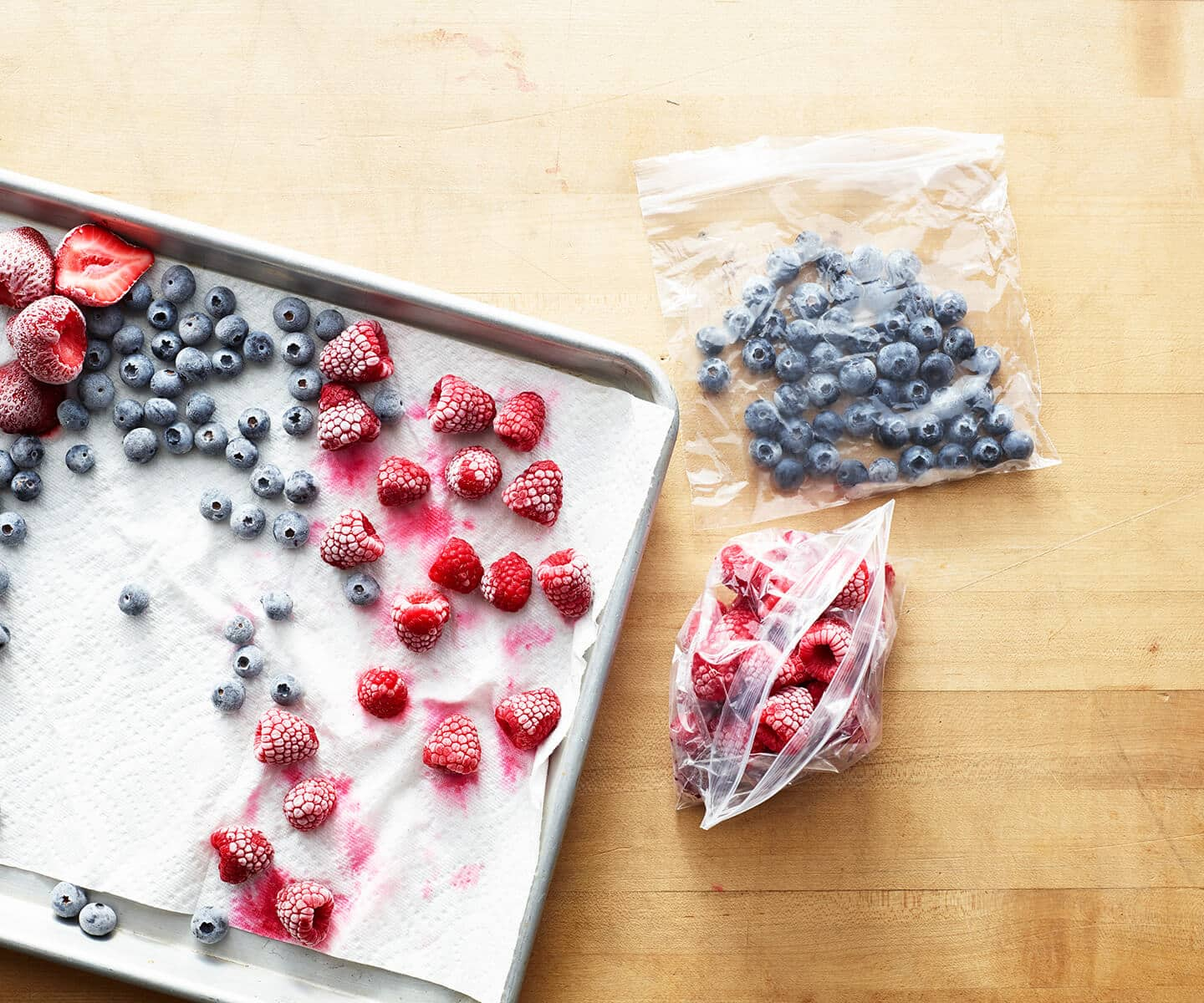
Freezing effectively: How to store food in the freezer
If you want to store food for a particularly long time, your freezer or the freezer compartment of your fridge is the best option. The low temperature and reduced water activity mean that microorganism reproduction is significantly reduced or even eliminated. However, make sure to clean, wash and blanch fruit and vegetables before freezing them. Ideally, you should pack food as airtight as possible and in small portions. It’s also worth labelling bags with their contents and the date to help you keep on top of things. However, even frozen food cannot be stored indefinitely. Fruit and vegetables will keep for 11 to 15 months, fish and fatty meats will keep for 6 to 9 months, and beef and poultry can be frozen for 9 to 12 months.
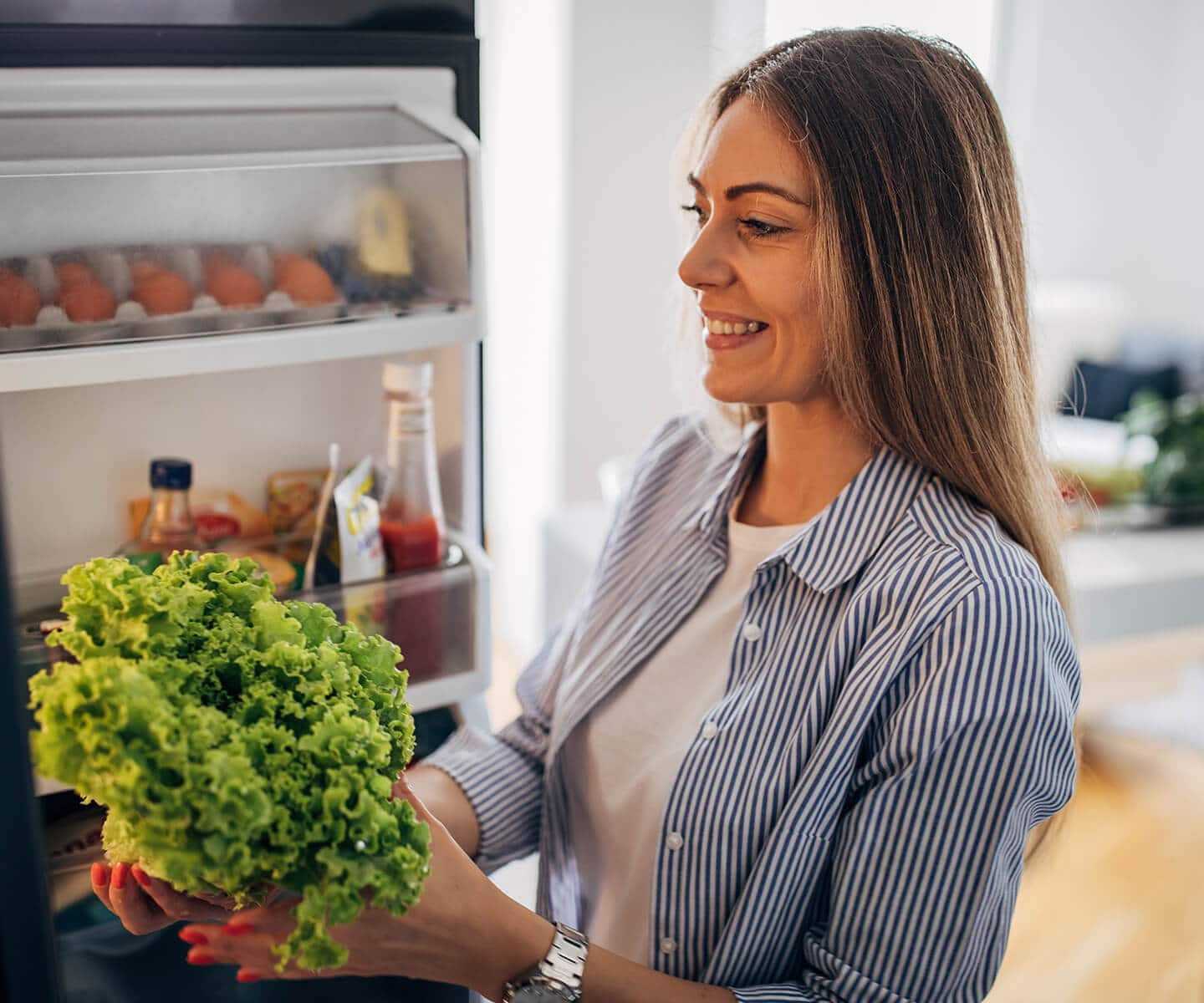
Chilling correctly: How to store food in the fridge
Most fresh foods should go straight in the fridge when you get home. A cool ambient temperature of 4 to 8 °C inside fridges helps to keep perishable foods fresh for long periods. This is because the low temperature slows cell metabolism in foods, impedes the growth of microorganisms and curbs chemical and enzymatic spoilage. The “FiFo” principle (first in, first out) can help you keep track of what’s fresh and what isn’t. In other words: Put new food at the back, bring older food to the front.
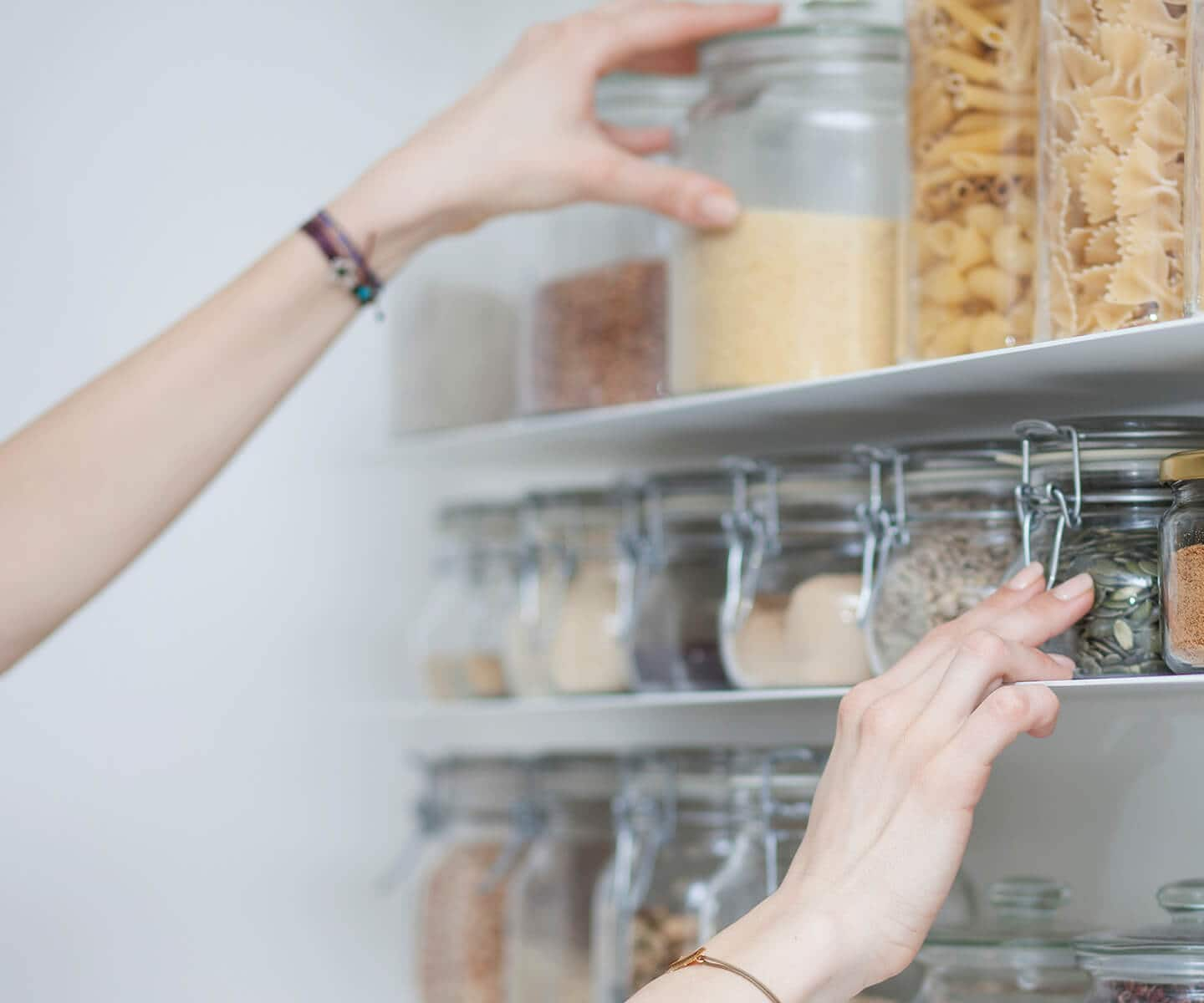
Storing foods at room temperature in the cupboard or pantry
Pasta, rice, canned goods and the like don’t benefit from being stored in the fridge. Instead, it’s fine to store them in a cupboard at an average of 15 to 20 °C. It’s important that food is not exposed to direct sunlight or warmth, e.g. by being kept near a hob or oven. High temperatures and moist air generated when cooking have a negative impact on the storage life of even long-life products. When tidying your cupboards or pantry, remember: put new products at the back and bring older food to the front so that it gets used first. Once you open a packet, seal it securely or transfer the contents to a sealed container. Just like when freezing food, make sure to label containers with dates – so you don’t forget what’s inside.
Little hint: You don’t need to throw away food past its best-before date
- Most food has a best-before date (BBD) on its packaging. However, food doesn’t automatically go bad just because this date has passed. This is the date until which the manufacturer guarantees typical product characteristics, such as taste, aroma, consistency and colour.
- It’s important to distinguish between the best-before date and the use-by date for perishable foods such as raw fish, mince and fresh poultry. You should not eat products after their use-by date and should throw them away instead.
- Take a look, have a taste, smell food for yourself: trust your senses! It’s often easy to tell whether food is still good enough to eat once its BBD has passed.

Did you know?
None of us would ever plan to throw away one-third of the food we buy. However, the statistics show that this is precisely the amount that ends up in the bin, unused. According to estimates from the World Health Organization (WHO), this corresponds to 1.3 billion tonnes of discarded food globally each year. This is an inconceivable waste of food when you consider that there are 690 million people around the world who are starving.
